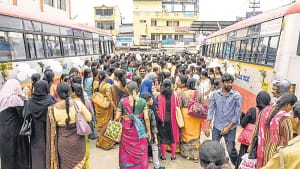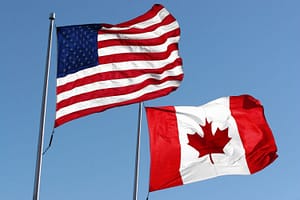Mumbai endured an exceptionally hot day on Wednesday, experiencing its hottest December in 16 years. The Santacruz observatory, responsible for tracking suburban temperatures, recorded a blistering 37.3°C. Meanwhile, the Colaba observatory, which monitors the island city, reported a slightly cooler yet significant 35°C. These temperatures represent an unusual spike for December, far surpassing typical seasonal norms. The last comparable high was on December 5, 2008, when the Kalina observatory registered 37.7°C.
Meteorologists attribute this heatwave to climatic fluctuations, exacerbated by global warming and urban heat effects. Citizens reported discomfort and increased energy use, with air conditioning and cooling appliances in high demand. The unseasonal heat also raised concerns about its impact on health and urban infrastructure. Experts advise hydration and limited outdoor exposure during peak hours to mitigate heat-related issues. This heat anomaly underscores the growing need for climate action and urban planning to combat rising temperatures.
The unusual heat comes just a week after Mumbai experienced its coldest November morning in eight years, with temperatures dipping to 16.5°C. On Wednesday, the city saw light rain in certain areas, with temperatures staying above 25°C, signaling a mix of humid weather and cloud cover since Tuesday. According to the India Meteorological Department (IMD), moisture from Cyclone Fengal contributed to the rains, adding to the unusual weather patterns.
Despite the rains, the high daytime temperatures have raised concerns about the ongoing climate trends affecting the region. The IMD‘s data highlights the extreme shifts in Mumbai’s weather, where December heat has been rare in recent years.



















